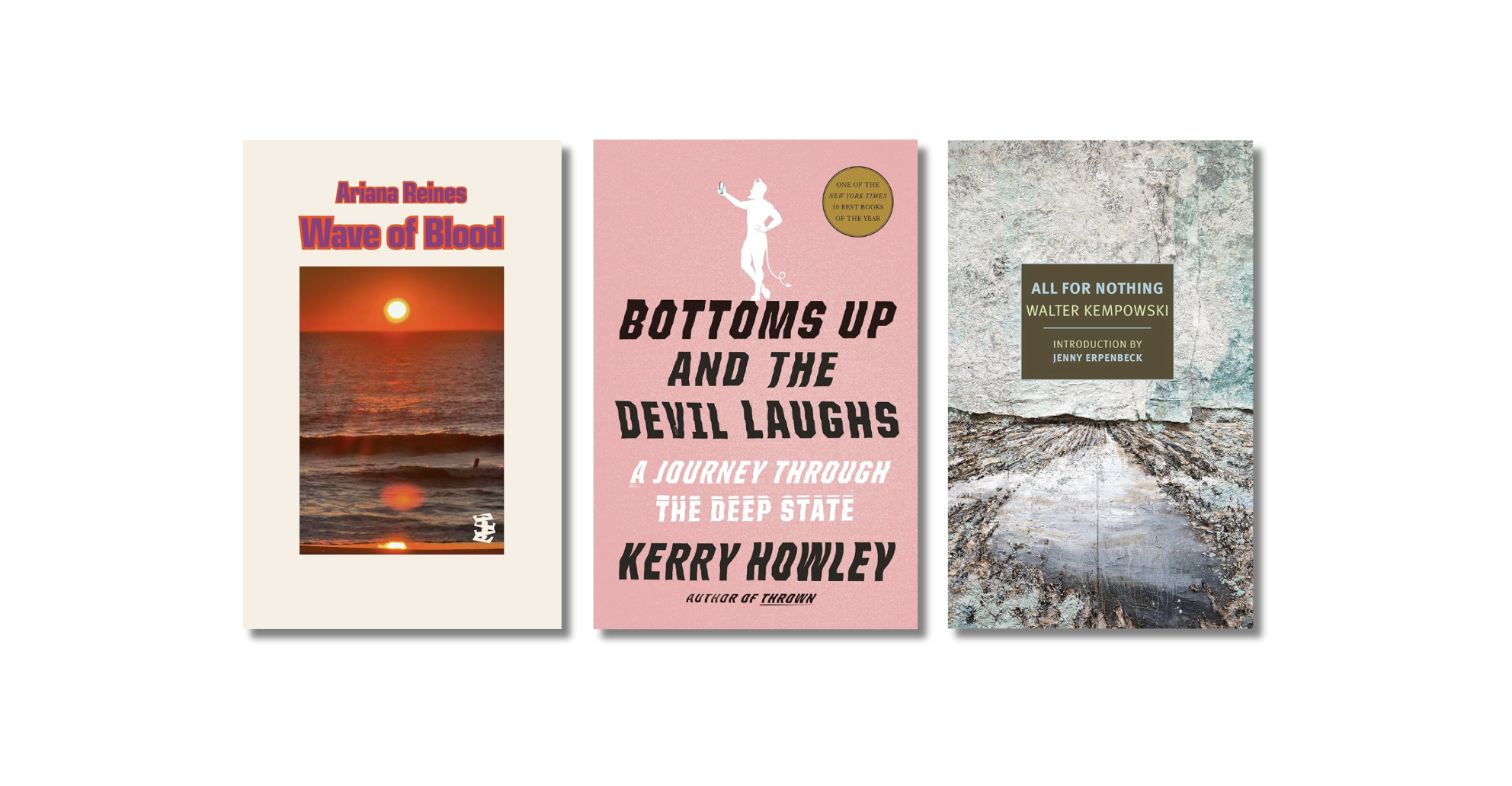The fact is I’ve been a grumpy reader this year: as someone who’s been at this books thing “professionally” for a while, and who is also an avid film and TV consumer, I confess I really, really need books to prove to me why they need to exist. A lot of what I come across these days strikes me as basically middlebrow, and I’ve lost interest in anything that counts language a mere vehicle for narrative and/or seems unconcerned with its own lack of urgency. Perhaps it’s no surprise that the two books that stood out to me this year are both experimental in form—nonfiction books by writers who work in non-narrative genres, photography and poetry respectively.
1.
Emmanuel Iduma’s A Stranger’s Pose places photographs—some of which Iduma took and others he admires—in conversation with text, carefully curating a sensory, intellectual, and emotional experience that is at once meditative and evocative. As travel writer, memoirist, and visual artist, Iduma, who is Nigerian, reinvents the travelogue: For one, he is a black African traveling throughout Africa (finally, an introspective travel essay framed by a sensibility other than the White Western adventurer’s). In addition, the arrangement of vignettes and images that make up the whole is more intuitive and associative than chronological or thematic. The result is a compellingly impressionistic work that demands your full attention and mesmerizes at once.
2. Why have I not known of Anne Boyer’s work before now? This is the question one always asks upon meeting a mind, voice, soul, and talent that the world needs utterly. Boyer is a poet, essayist, activist, cancer survivor, and all around integrated soul, as far as I can tell. Her book of short essays A Handbook of Disappointed Fate is both all protein and all glistening jewels; an anti-capitalistic rant that is also a sumptuous love song.
Why have I not known of Anne Boyer’s work before now? This is the question one always asks upon meeting a mind, voice, soul, and talent that the world needs utterly. Boyer is a poet, essayist, activist, cancer survivor, and all around integrated soul, as far as I can tell. Her book of short essays A Handbook of Disappointed Fate is both all protein and all glistening jewels; an anti-capitalistic rant that is also a sumptuous love song.
Poetry is sometimes a no. Its relative silence is the negative’s underhanded form of singing. Its flights into a wide-ranged interior are, in the world of fervid external motion, sometimes a method of standing still. Poetry is semi-popular with teenagers and revolutionaries and good at going against, saying whatever is the opposite of something else, providing nonsense for sense and sense despite the world’s alarming nonsense.
…poetry is made up of ideas and figurations and tropes and syntaxes as much as it is made up of words. We can make a poetry without language because language as the rehearsal material of poetry has made the way for another poetry, that of objects, actions, environments and their arrangement. This is not saying to be a poet means you can only rehearse turning over the world: now try putting the chair on your head.
These essays are very short and yet each will take you a lifetime to really truly read. Run don’t walk.
More from A Year in Reading 2019
Don’t miss: A Year in Reading 2018, 2017, 2016, 2015, 2014, 2013, 2012, 2011, 2010, 2009, 2008, 2007, 2006, 2005










